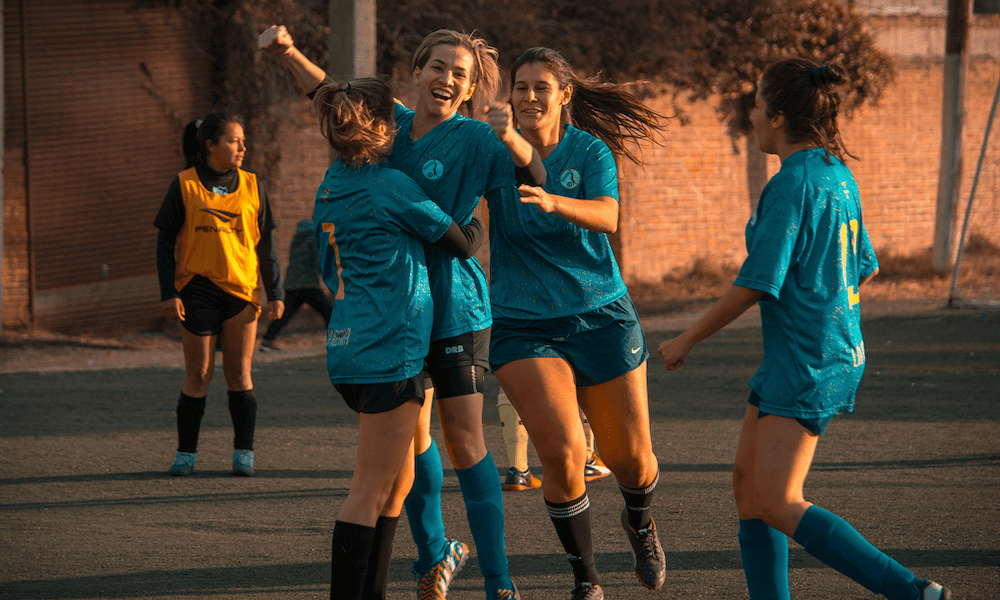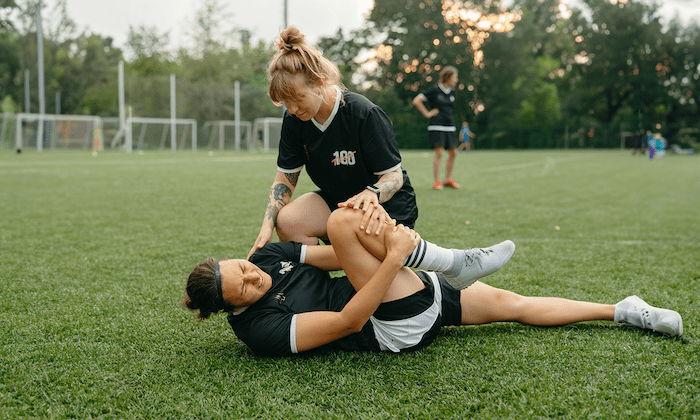
Is the Lack of Women’s Sports Research Widening the Gender Equity Gap in Sport?
August 30, 2024
Over the years, women’s sports have made significant strides towards equality. From equal pay to media coverage and opportunities, the state of women’s sports is positively evolving. However, the lack of sports medicine research for women athletes is holding back the equity movement. According to The Gist, less than 35% of women appear in exercise medicine research, and only 3-6% of women participants appear in sports-performance research.
Women athletes need women-specific data to maintain and increase their health and well-being, optimize performance and keep them injury-free. A recent Daily Mail article explored the subject. Considering the anatomical differences between male and female athletes, the lack of data puts women at a disadvantage and increases risk of injury. The majority of protocol research for training and injury prevention is based on studies where only men have taken part, leaving physicians to advise women athletes with incorrect information for their bodies.
One study showed that women and girls have a 50% higher chance of getting a concussion than men and boys in comparable sports due to all research on head trauma being specific to the male body. Another study found that women are twice as likely to suffer from a stress fracture while running, yet most treatment plans are based on male stress fractures.

There are a number of injuries that are more common among women athletes. Kings College London conducted two studies to show the anatomical differences between men and women when looking at a specific part of the body that is commonly injured. One study found that women athletes had stronger hip flexion (bending the hip) and abduction (moving the leg to the side), suggesting that there is a particular way of movement associated with pain. “We, therefore, now have evidence to show that women athletes move differently and training plans that are based on male-based data may not be optimal for these athletes,” states the College.
The vast amount of research available clearly shows a huge gap and a need for more sports science data involving women athletes and for women athletes. More sport governing bodies are identifying this and taking action. For example, the European football governing body, UEFA, announced the introduction of an expert panel on women’s health to seek a better understanding of Anterior cruciate ligament (ACL) injuries and why they’re so common among women footballers. Over the last two decades, trends show that women are four-to-six times more at risk of injury. ACL injuries have almost become synonymous with women’s sports due to the increasing trend of women footballers tearing their ACLs.
For true equity in women’s sport to be possible, all stakeholders in the sporting world must invest in more data produced specifically for women athletes. This will not only allow women athletes to focus appropriately on their health and well-being but also optimize their performance and minimize injuries.
Ignite365 Award Recipient Spotlight: Our Q&A with Fenikks
Transforming Plastic Waste into Football Products for Youth